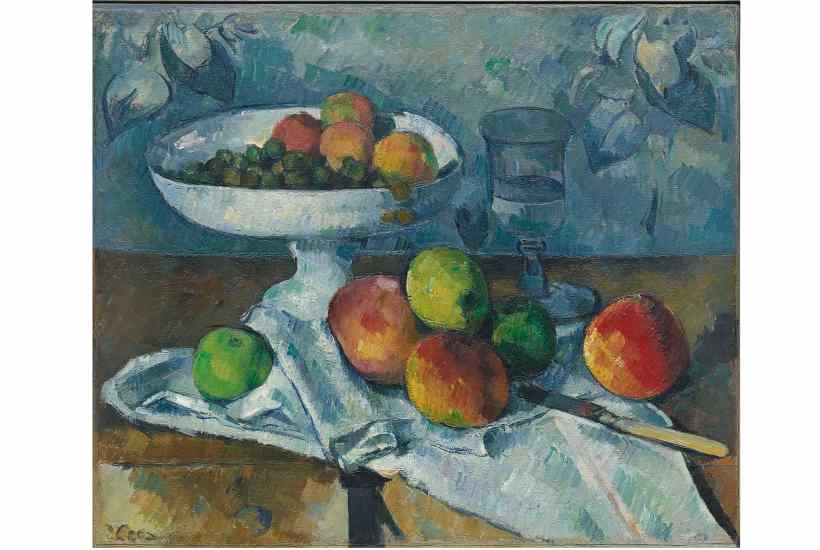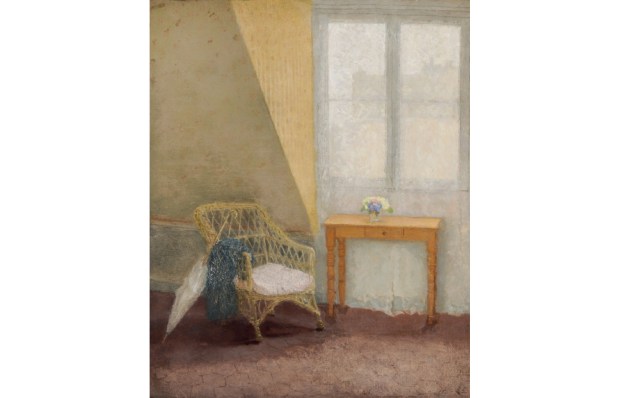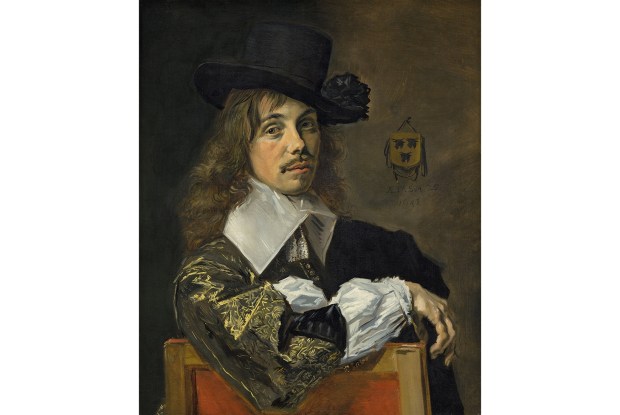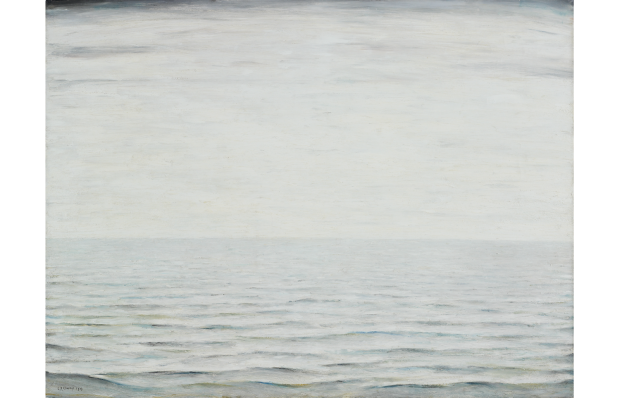Pity the poor curators of major exhibitions struggling to find fresh takes on famous masters. The curators of Tate Modern’s new Cezanne blockbuster have begun by dropping the acute accent from his surname, apparently a Parisian affectation not in use on the artist’s home turf. Anticipating grumbles about another major exhibition devoted to a dead white male artist, they have emphasised Cezanne’s outsider status by painting him as a provincial from Provence.
Already a subscriber? Log in
Subscribe for just $2 a week
Try a month of The Spectator Australia absolutely free and without commitment. Not only that but – if you choose to continue – you’ll pay just $2 a week for your first year.
- Unlimited access to spectator.com.au and app
- The weekly edition on the Spectator Australia app
- Spectator podcasts and newsletters
- Full access to spectator.co.uk
Or
Unlock this article
You might disagree with half of it, but you’ll enjoy reading all of it. Try your first month for free, then just $2 a week for the remainder of your first year.














Comments
Don't miss out
Join the conversation with other Spectator Australia readers. Subscribe to leave a comment.
SUBSCRIBEAlready a subscriber? Log in